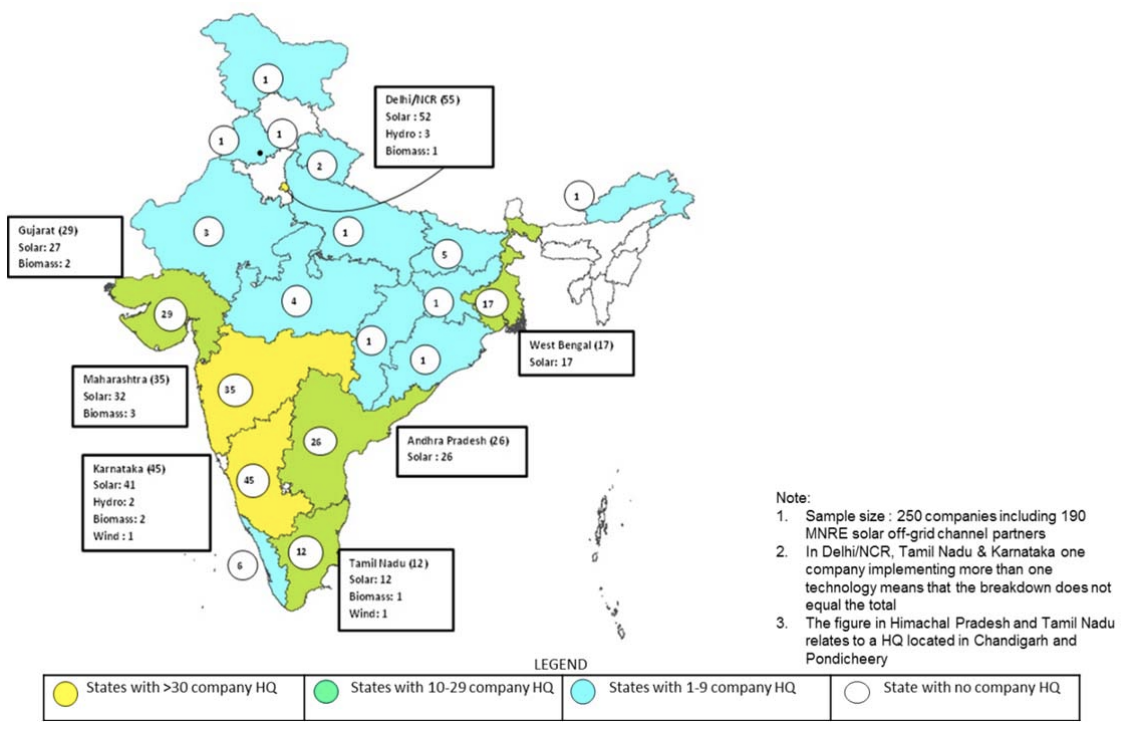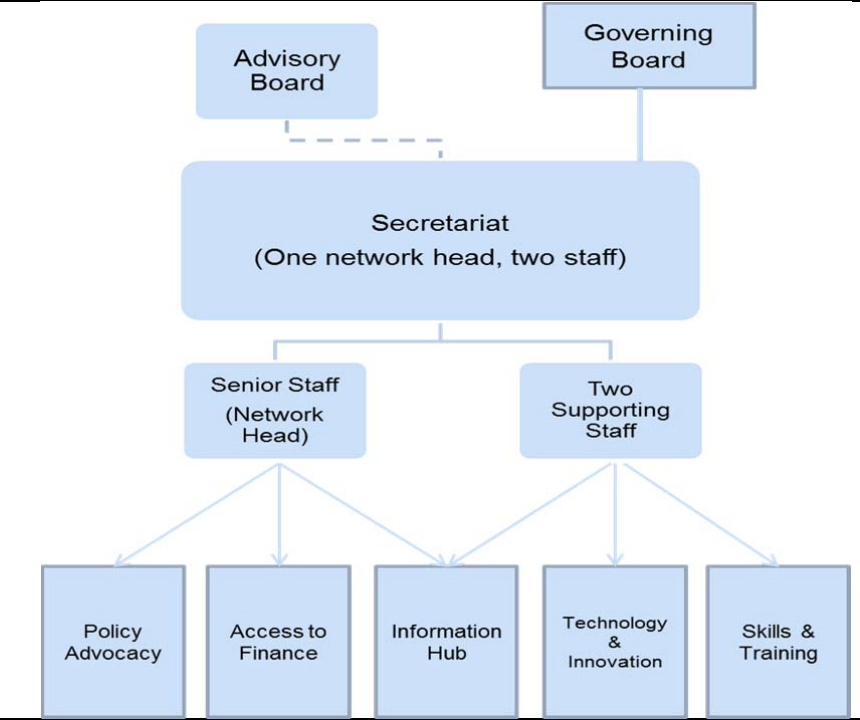Report
Developing Effective Networks for Energy Access
An Analysis
United States Agency for International Development India, Council on Energy, Environment and Water
October 2013 | Energy Transitions
Suggested Citation: United States Agency for International Development India and Council on Energy, Environment and Water. 2013. Developing Effective Networks for Energy Access: An Analysis. New Delhi: United States Agency for International Development India
Overview
This report, in collaboration with the United States Agency for International Development (USAID) India, addresses the challenge of reducing operational costs and financial risks to stimulate the energy market. It examines sustainable business models for the off-grid renewables energy sector. It analyses a countrywide network for energy access and renewable energy that could deliver operational services to off-grid energy entrepreneurs at a cost lower than if firms had to internalise the costs. Further, the report outlines the key findings to ascertain the need for an alliance network to facilitate and upscale business model solutions; what services and activities such a network may deliver; and how these services may be delivered.
Key Highlights
- The off-grid solutions provided a range in scale from solar lanterns to micro and mini-grids. There is a mix of technologies being deployed in these communities, such as solar, biomass and hydro, but solar is the dominant choice.
- Off-grid renewable energy service providers have been hampered by myriad obstacles, including the lack of skilled workers, markets flooded with inferior quality products, unsupportive policy environments, inadequate financing, and limited knowledge transfer.
- Access to all types of finance (start-up funds, operating capital, and project finance) is a key constraint for the entrepreneurs working in the off-grid renewable energy sector.
Enterprises providing off-grid solutions

- The off-grid solar PV projects fall into disrepair due to the lack of suitable maintenance or the inability to have equipment repaired or replaced when it has failed.
- The network would be most effective if established as a stand-alone entity (even if incubated within another organisation). It would require grant funding to sustain its operations.
- Consolidating information for an off-grid information hub would primarily involve secondary research; and consultations which are included in the network's operational costs head.
- Four potential revenue sources that have been identified to fund the network’s core activities and other interventions are grants, service fee, membership fees, and ancillary sources.
The proposed network
- The suggested governance and operational structure are expected to enable trusted practitioners within the off-grid ecosystem to provide appropriate guidance and strategic inputs to ensure the network's activities are well-considered and meet the needs of the market.
- It would be supported by experienced individuals working in the secretariat who would be able to manage working groups and lead on the work needed to build activities in the intervention areas.
Suggested structure of the network

Key Recommendations
- Map the demand for skilled labour and ensure employability of the trained technicians. Mapping of demand for skilled labour will also ascertain whether the trained personnel are likely to be recruited by the enterprises in the future.
- Formulate quality assurance standards and performance benchmarks for technology which would be accepted across the country.
- Give more impetus to the R&D efforts in the energy access and renewable sectors to foster commercialisation and make off-grid RE technologies more conducive for rural consumers.
- Identify and leverage existing academic and research institutions to establish innovation linkages via regional R&D roadshows.
- Conduct demand mapping for preliminary and advanced testing prior to proposing the utilisation of existing technology testing facilities or establishment of new ones that are not self-sustaining.
- Dedicate more personnel to perform testing in existing academic institutions.
- Facilitate local and advanced testing by investigating innovative approaches to reduce testing costs. For example, improving access to testing centres by leveraging distribution network of companies to transport systems to regional/local testing centres.
The network would be most effective if established as a stand-alone entity (even if incubated within another organisation). It would require grant funding to sustain its operations.







